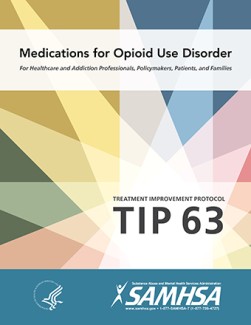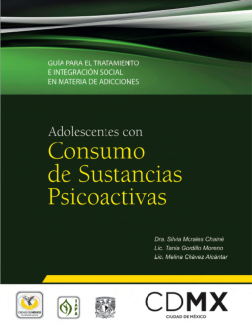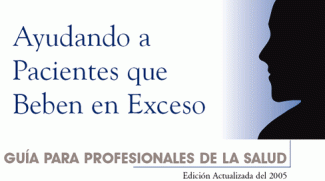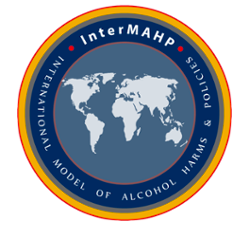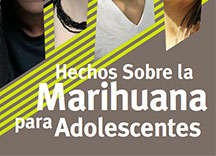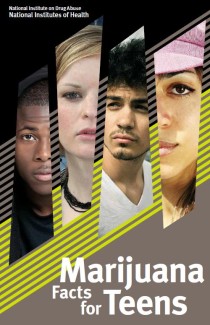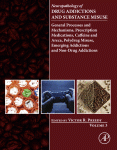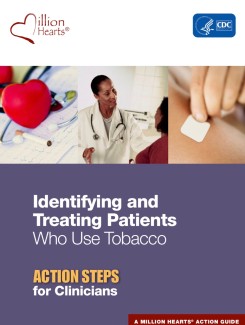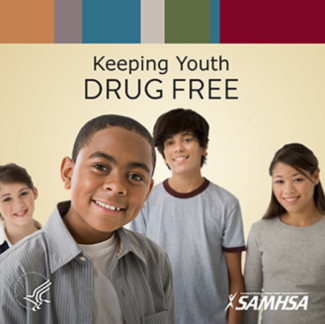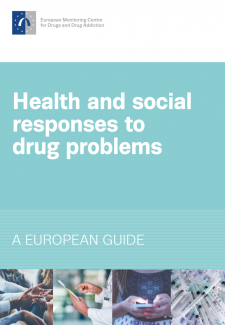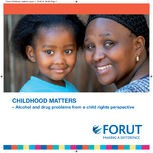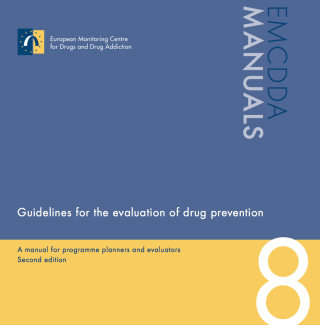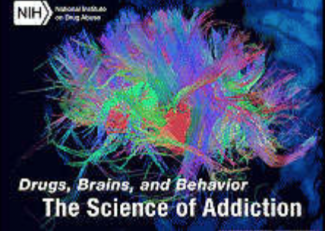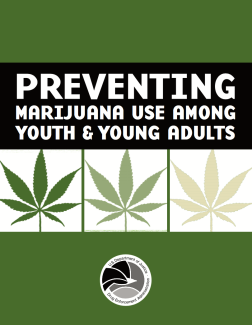Search
Guía para el tratamiento e integración social en materia de adicciones
El objetivo de esta guía es facilitar la comprensión del problema de consumo de sustancias en adolescentes, así como presentar las prácticas basadas en la evidencia clínica más efectivas para la orientación e intervención con esta población...
Una guía de bolsillo: Indagación del abuso del alcohol y una intervención breve
Esta guía de bolsillo fue resumida de la guía de 34 páginas del NIAAA, Ayudando a Pacientes que Beben en Exceso: Una Guía Clínica. Los materiales incluyen:
- Folletos educativos para pacientes
- Notas de progreso ya formateadas
- Diapositiva...
Guía para profesionales de la salud - Ayudando a pacientes que beben en exceso
Guía dirigida a profesionales de la salud para el trabajo con personas de consumo de alcohol en exceso
Esta guía ha sido escrita para profesionales de la salud de atención primaria y salud mental. Ha sido producida por el Instituto...
The International Model of Alcohol Harms and Policies
The Canadian Institute for Substance Use Research at the University of Victoria have released The International Model of Alcohol Harms and Policies.
Comprising of a set of guidelines, methods, and tools this resource was produced with the...
¿Por qué es tan difícil dejar las drogas?
Video explicativo: ¿Por qué es tan difícil dejar las drogas?
Hechos sobre la marihuana para adolescentes
NIDA. (2015, mayo 1). Hechos sobre la marihuana para adolescentes. Retrieved from https://www.drugabuse.gov/es/publicaciones/hechos-sobre-la-marihuana-para-adolescentes en 2018, February 15
¿Sabías que el uso de la marihuana entre los...
Marijuana Facts for Teens
NIDA. (2015, May 14). Marijuana: Facts for Teens. Retrieved from https://www.drugabuse.gov/publications/marijuana-facts-teens on 2018, February 15
Did you know that teen marijuana use has dropped dramatically since the late 1990s? So, if...
Parental Alcohol Misuse and Children
Parental Alcohol Misuse (PAM) can negatively affect children’s physical and mental health, and other outcomes including educational attainment and behaviour. Effects can be acute when experienced in conjunction with other adverse...
Chapter 18 – Drug Addictions and Genetics of the Dopamine Pathway
Abstract
Drug addiction refers to a broad phenotype, encompassing behavioral, cognitive, and biological (including genetic) substrates. Twin studies have estimated the heritability of drug addiction between 30% and 60%. Dopamine has a...
Identifying and Treating Patients Who Use Tobacco
'Million Hearts' is an initiative launched by the U.S. Department of Health and Human Services that aims to prevent 1 million heart attacks and strokes by promoting evidence-based intervention through communities, health systems, non-profit...
Keeping Youth Drug Free
Keeping Youth Drug Free is a new publication from the Substance Abuse and Mental Health Services Administration (SAMHSA). Aimed at parents, the guide offers advice for keeping children substance-free. It includes a review of the latest...
Health and Social Responses to Drug Problems: A European Guide
Health and social responses to drug problems: a European guide is a new publication from the European Monitoring Centre for Drugs and Drug Addiction (EMCDDA). Included alongside the guide is a set of online materials. Together these provide...
Effectiveness Bank Hot Topic: Does It Matter If Addiction Is a Brain Disease?
Seizing on the theory’s propaganda value, in 1997 the head of the US National Institute on Drug Abuse proclaimed, “Addiction Is a Brain Disease, and It Matters.” His contention has been hailed as a breakthrough or condemned as a...
Childhood Matters: Alcohol and Drug Problems from a Child Rights Perspective
Millions of children globally suffer as a consequence of the use of intoxicating substances like alcohol and illicit drugs. This is an important, but too often neglected, child rights issue. The new FORUT publication “Childhood matters”...
Guidelines for the Evaluation of Drug Prevention: A Manual for Programme Planners and Evaluators
Guidelines for the Evaluation of Drug Prevention: A Manual for Programme Planners and Evaluators is a publication by the European Monitoring Centre for Drugs and Drug Addiction (EMCDDA).
It is the second edition of the 1998 EMCDDA...
Drugs, Brains and Behavior: The Science of Addiction
Since the 1930s, the response to drug addiction has moved from one that focuses on the need to punish users to another that recognises the importance of prevention and treatment approaches.
In other words, thanks to scientific advances...
Why Are Many American Adults Misusing Prescription Painkillers?
Prescription painkillers are second only to marijuana as the United States drug of choice. Around 91.8 million Americans aged 18 and above used prescription painkillers in 2014, according to the 2015 National Survey on Drug Use and Health...
Preventing Marijuana Use among Youth and Young Adults
Preventing Marijuana Use among Youth and Young Adults is a new release from the US Department of Justice Drug Enforcement Administration (DEA).
It provides the latest facts about marijuana use in the United States and includes information...
EMCDDA Insights: Prevention of Substance Abuse
Prevention of Substance Abuse by the European Monitoring Centre for Drugs and Drug Addiction (EMCDDA) is a report that draws on evidence-based research to assess substance use prevention interventions, in terms of their ability to...
Share the Knowledge: ISSUP members can post in the Knowledge Share – Sign in or become a member
